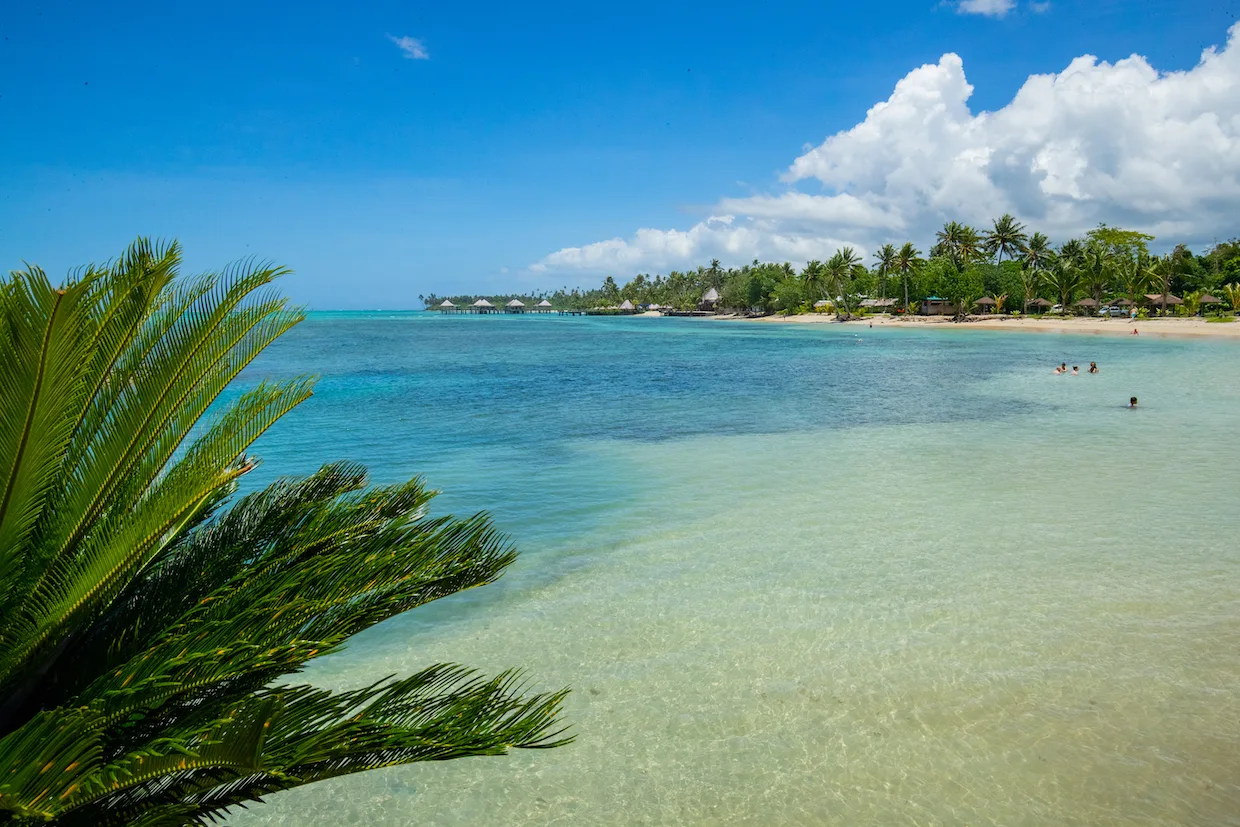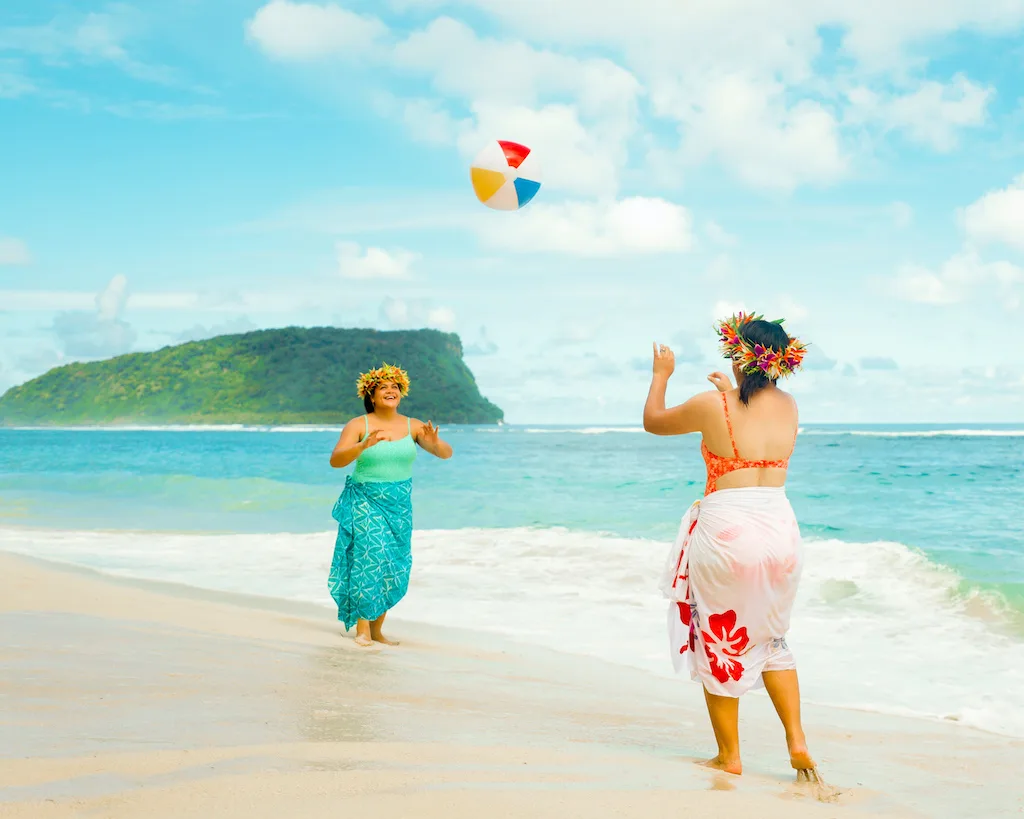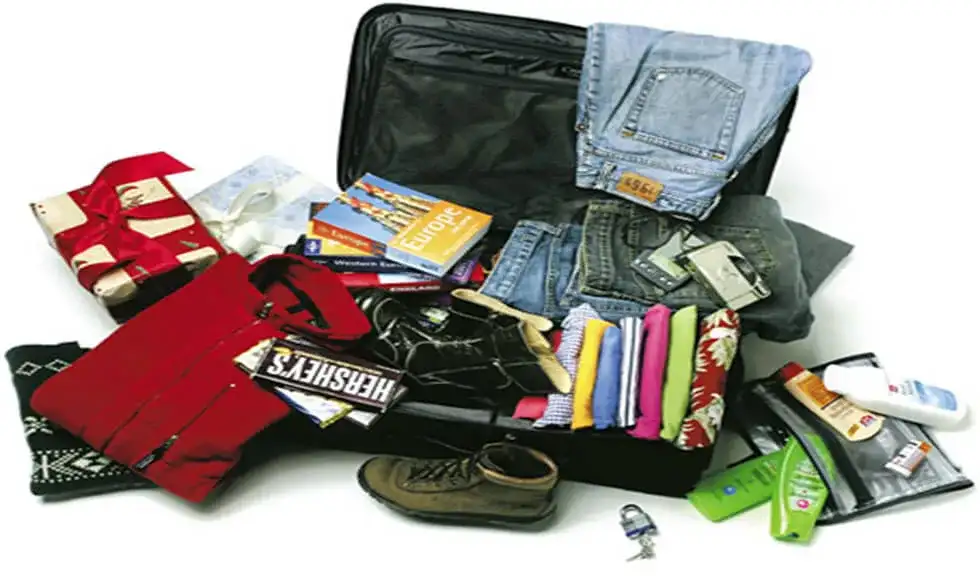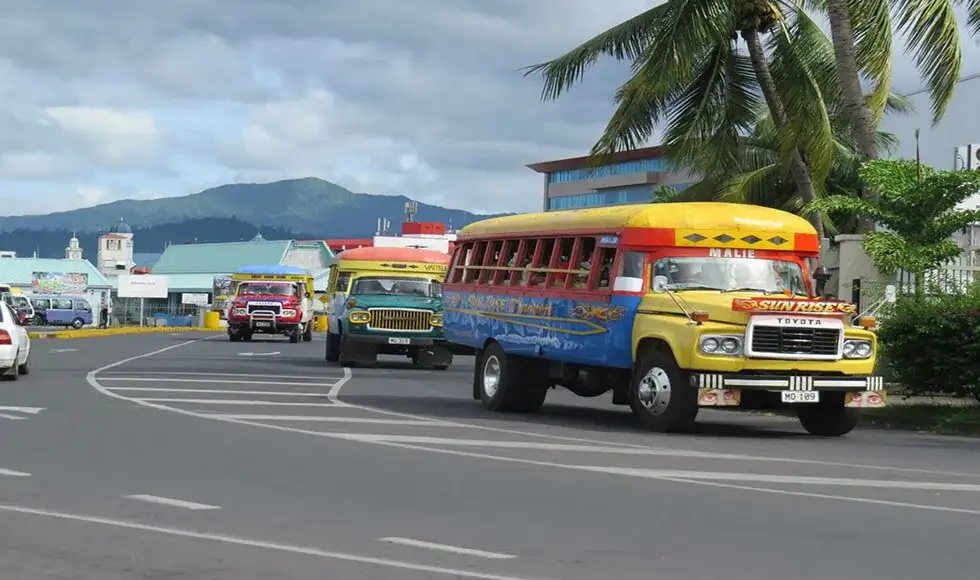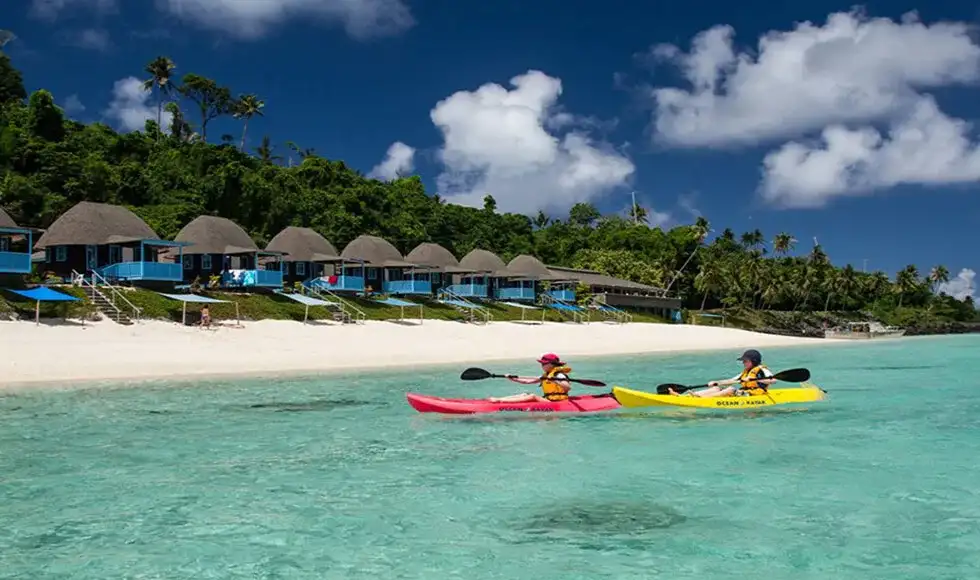Samoa is located halfway between Hawaii and New Zealand. Its natural wonders include waterfalls, mountains, volcanoes and miles of secluded beaches.
Capital and major centres
Samoa is made up of ten islands, of which Savai’i is the largest. Its neighbour, Upolu is the most populated and the location of the capital, Apia, along with the international airport, the seat of government and the centre of commerce. Savai’i is dotted with secluded beaches and crowned at the centre by the 1858 metre Mt Silisili.
The main entry point into Samoa is Faleolo International Airport, 35 kilometres from Apia. Currency exchanges are open for all international flight arrivals and departures. Airport shuttles are provided to the major hotels and can be booked prior to arrival or organised after clearing Customs.
Taxis are also available but it’s recommended to confirm the price to your destination with the driver before you depart.
The people
Samoans are the largest group of full-blooded Polynesians in the world and have retained much of their ancient culture. Their practice of fa’a Samoa, (the Samoan Way), is a living culture that centres around the family unit and love and respect for all.
Their tradition of tattooing is an intricate art and has been a cultural right of passage for generations. Many Samoans proudly display complex symbolic designs from the lower chest to the knees.
History
These islands were first settled about 1000 BC and are accepted as the heart of the Polynesian culture. In 1768, Louis de Bougainville sighted Samoa and named them ‘The Navigator Islands’ because of the many Samoans sailing small canoes far from the sight of land.
During the 18th century, vast plantations producing copra and cotton were developed for export and Apia became a major commercial centre in the South Pacific. Samoa was annexed by Germany from 1899 to 1914 and then by New Zealand from 1914 until 1962, when Western Samoa finally gained self government. The ‘Western’ was dropped from its official name in 1997.
Although Samoan is the native language, English is widely spoken.
Nature
Both islands are rich in fauna and flora. Savai’i has lush tropical rainforests, housing many exotic bird species. Conservation organisations provide funding to ensure the rainforests at Tafua and Falealupo on Savai’i are protected and maintained.
Samoa’s climate is tropical all year round, with two distinct seasons, the dry season running from May to October and the wet season from November to April. The average daily temperature is 29ºC and the ocean is warm enough to swim all year round.
The sights
The Scottish writer, Robert Louis Stevenson brought his family to live at Upolu in 1890 and built a large home in the foothills above Apia, where he spent his last years.
Stevenson was known as ‘Tusitala’ (the storyteller) and he is buried on the crest of Mt Vaea. His home is now a magnificent museum and offers tours rich in detail of Stevenson’s life by local guides. Other places to visit include the Tiavi Falls, also known as Papapapaitai, the O Le Pupu Pu’e National Park and Papaseea with its smooth rocks which are fun to slide down and swim in the pools beneath.
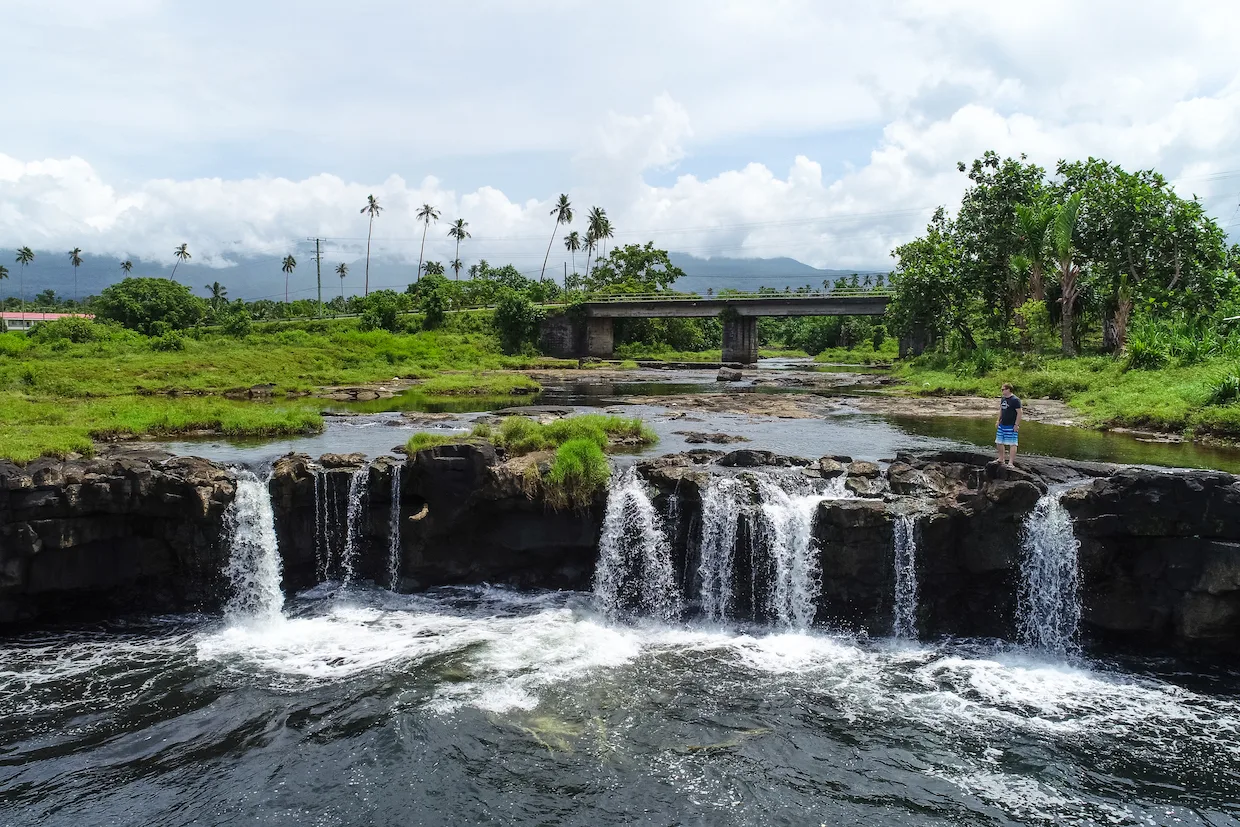
Also worth seeing is Piula Cave pool in the grounds of the Methodist Theological College, and not forgetting the popular To Sua Trench located at the south east coast of Upolu Island. No matter which direction you go, you will regularly pass through nu’u or villages with their distinctive and lovingly decorated churches, large meeting houses and open fales or homes encircling the malae or village green.
Food and entertainment
The main hotels have restaurants and Samoan feasts or fiafia nights are held at the larger resorts on a weekly basis. Entertainment includes traditional Polynesian singing and dancing. There are also several clubs and cocktail bars in Apia.
Where to stay
Accommodation ranges from international standard to traditional fales. Villagers will negotiate private rates as well as home accommodation for budget travellers.
Activities
Samoa has long been a favourite destination for surfers. Local sporting facilities include golf, tennis, squash, lawn bowls, rugby, soccer and Samoan cricket. There are also numerous marine activities including swimming, snorkelling and diving.
Shopping guide
A variety of goods made by Samoan families for their personal use are also sold to visitors. Siapo (tapa) cloth is made from mulberry bark, painted with native dyes and is made into mats, hats and baskets.
Fugalei Street in Apia, is home to the local fruit markets and just nearby is the flea market, which sells a variety of souvenirs such as kava bowls, are hand carved from native hardwood and lava lavas (the Samoan sarong). Shell jewellery and Samoan music are also available.
ANZ and Westpac are the international banks in Samoa. Both have branches at the international airport, in Apia and at Salelologa on Savai’i. Shopping hours are from 8am to noon and 1.30pm to 5pm weekdays and 8am to 12.30pm on Saturday.
Getting around
The two islands have more than 1800 kilometres of road between them. In Apia, there are taxis and rental cars available. Samoana Rental has a wide range of vehicles and offers a free pick up and delivery service to Apia hotels. For those who want to go island hopping, the only way to travel between islands now is by ferry which takes around two hours.


